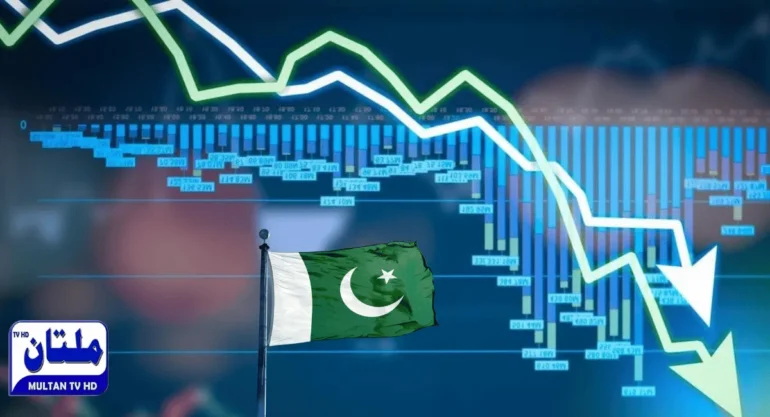Pakistan’s economy is projected to grow at a rate of 2.8% in 2025, according to the World Bank’s Global Economic Prospects Report. This is a slight improvement of 0.5% compared to June 2024, but still lower than the predictions made by the International Monetary Fund (IMF) and the Pakistani government, which both estimated growth rates of 3% and 3.6%, respectively.
The report points to a range of internal and external challenges that will keep Pakistan’s economic growth sluggish. Meanwhile, other countries in South Asia are expected to perform better. India’s growth rate is predicted to reach 6.7%, while Bhutan and the Maldives are expected to grow at 7.2% and 4.7%, respectively. Nepal, Bangladesh, and Sri Lanka are also projected to have higher growth rates than Pakistan, with estimates of 5.1%, 4.1%, and 3.5%.
Despite these challenges, the World Bank predicts that Pakistan’s economy will improve to 3.2% in the following fiscal year, though it will still remain the lowest in the region.
On a positive note, the Governor of the State Bank of Pakistan (SBP), Jameel Ahmad, recently shared optimistic views about Pakistan’s economic performance for the current fiscal year. He stated that the country’s growth will surpass 3%, highlighting the importance of stable and gradual growth to prevent future economic challenges.
SBP Governor Ahmad also set an inflation target of 5-7% for the year and expressed hope that a stable economy and controlled inflation would benefit other sectors. He also mentioned that Pakistan’s current account surplus reached $1.21 billion from July to December 2024, a significant improvement compared to a deficit of $1.039 billion last year.
As of now, Pakistan’s foreign debt stands at a manageable level of $100.8 billion, with the SBP continuing to monitor the country’s financial health closely.



